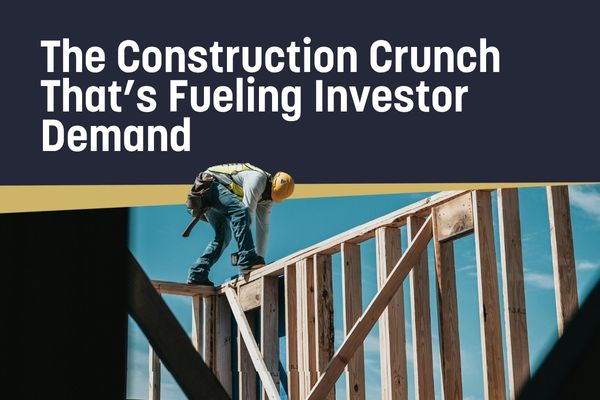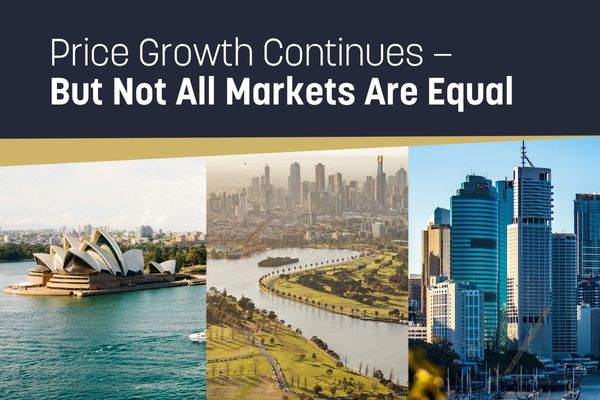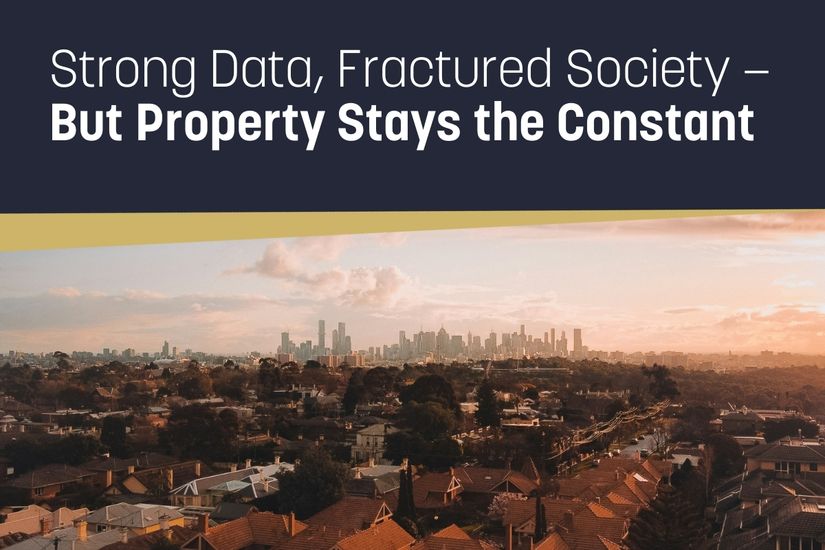Why High Construction Costs Are Driving More Value Toward Established Property
Melbourne
|

Why High Construction Costs Are Driving More Value Toward Established Property
One of the key reasons the RBA left interest rates on hold this month? Construction costs.
While inflation is moderating in some areas, rising build costs are proving stickier than anticipated — and they’re starting to reshape the property market in a very real way.
According to Cotality’s latest Cordell Construction Cost Index (CCCI), residential construction costs rose 0.5% in the June quarter, following a 0.4% rise in March. On the surface, these look like modest increases — but they’re still well above the Reserve Bank’s comfort zone, particularly given that new dwellings carry the largest weighting in the CPI basket.
And while the pace of growth has slowed from the post-COVID boom, it’s still tracking at double the pre-pandemic decade average. This is placing further pressure on builders, developers, and ultimately buyers — especially those hoping to deliver new housing stock into a market already facing chronic supply shortages.
Fewer Projects Are Feasible — And That’s a Problem
Builders are still grappling with cost blowouts across both materials and labour. According to Cotality, annual construction cost growth has ticked up to 2.9%, and there’s no quick fix in sight.
Even with stable demand, many projects simply aren’t stacking up. Margins are being squeezed, and developers — particularly in the private sector — are hitting pause.
In tandem with this, Infrastructure Australia has flagged a prolonged shortage of skilled trades due to record public infrastructure spending, creating further bottlenecks and driving up costs.
As Tim Lawless from Cotality puts it, "The stretch target of building 1.2 million new homes by July 2029 is looking harder and harder." And he's right — without major structural reform or relief in input costs, supply isn’t coming online fast enough.
So Where Does That Leave Investors?
If new housing supply is slowing, where will buyers go?
In our view, the answer is clear: established property.
When developers can’t deliver at scale — and owner-builders delay plans due to feasibility issues — pressure shifts back to existing stock. We’re already seeing this in our own buyer advocacy work, with rising competition for quality homes that are move-in ready or offer strong renovation potential.
Investors who were previously considering a build are now shifting focus to assets with strong fundamentals in tightly held locations — particularly those that are:
- Quality land holding
- Low maintenance
- Structurally sound
- Ready for tenants or simple cosmetic upgrades
- Location X factor ( train, parks, shops, lifestyle drivers )
This is especially true in Melbourne, where build-to-rent is rising quickly and adding downward pressure to rents in certain pockets. For owner-occupiers and private investors, this creates even more demand for standalone homes and boutique developments — not high-density product.
The Bottom Line
In a market where construction isn’t viable for many, owning well becomes the real advantage.
The costs of building aren’t just impacting developers — they’re also shaping policy, influencing inflation, and redirecting value back into the established market. With fewer new homes being delivered, we expect existing stock to continue rising in importance — and value.
If you’ve been sitting on the sidelines, hoping to buy land or build new — now might be the time to reframe the strategy. We’re helping investors and owner-occupiers secure well-positioned established properties that are set to benefit from the current market dynamics.
Want help identifying where that value is hiding?
We’d be happy to walk you through it.







